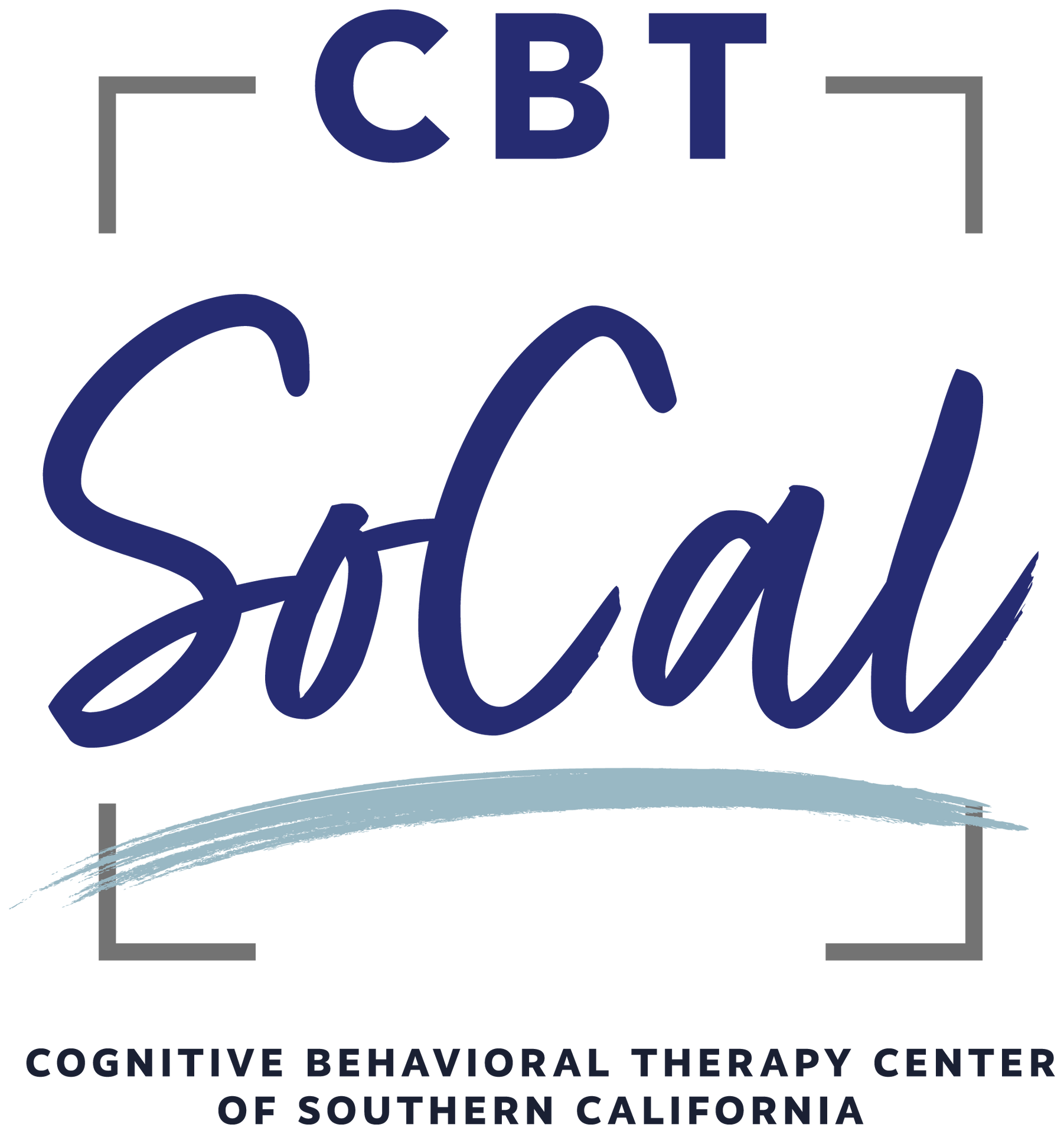What is body dysmorphic disorder?


Do you find yourself spending long periods of time focusing on a certain aspect of your appearance? Do you find certain aspect of your appearance to be greatly flawed? Have you attempted to hide or alter your appearance in ways that are very time consuming, stressful, and lead to negative consequences to your life? If so, you might be suffering from body dysmorphic disorder (BDD) . The Centre for Clinical Interventions (CCI) in Australia provides information and resources to people with BDD.
What is body image?
It is not uncommon for someone to feel unsatisfied with their appearance from time to time. However, that is not the same as having BDD or a negative body image. The CCI defines the term body image as the mental representation you have of your appearance, which is different than how you actually appear. For example, a photograph of someone is a visual representation of the person and is separate from the actual person.
When people are asked to describe their appearance, they usually describe their body image. Rather than describing themselves using facts by saying, “I am 5’10”, they often use evaluative or judgmental words by saying things such as, “I am short” or “I am tall.” People can evaluate their mental representation or body image in a way that is either positive, negative, or neutral.
If someone has a particularly negative view of their body image, they will often want to change their appearance through expensive beauty treatments or cosmetic surgery. Although those steps will change their appearance, they often do little to change people’s body image.
What is body dysmorphic disorder?
According to the CCI, body dysmorphic disorder refers to when someone experiences intense preoccupation with a perceived flaw in their appearance that causes significant distress. People with BDD often worry constantly about their appearance and try to alter or hide their perceived flaws.
According to the CCI, people with BDD are commonly preoccupied with the following areas:
- eyes
- skin
- hair
- breasts
- buttocks
- genitals
- muscles
- stomach
- nose
People suffering from BDD often worry that aspects of their appearance are too big, too small, asymmetrical, discolored, misshaped, or out of proportion with the rest of their body. BDD is intensely distressing and can interfere with people’s daily functioning. It is much more than simple vanity.
Approximately 1 to 2 percent of people suffer from BDD, according to the CCI. The age of onset is usually during adolescence.
Although BDD is a highly distressing disorder, it can be helped through CBT. Contact us to find out more.

Dr. Jason von Stietz specializes in Cognitive Behavior Therapy and Sport/Performance Psychology in Torrance, CA. He provides online therapy (telehealth) by way of the Torrance office and is available for a free initial phone consultation. Dr. von Stietz works with individuals from Long Beach, the greater Los Angeles area, and the South Bay including Palos Verdes, Redondo Beach, Hermosa Beach, Manhattan Beach, El Segundo and all over California.
